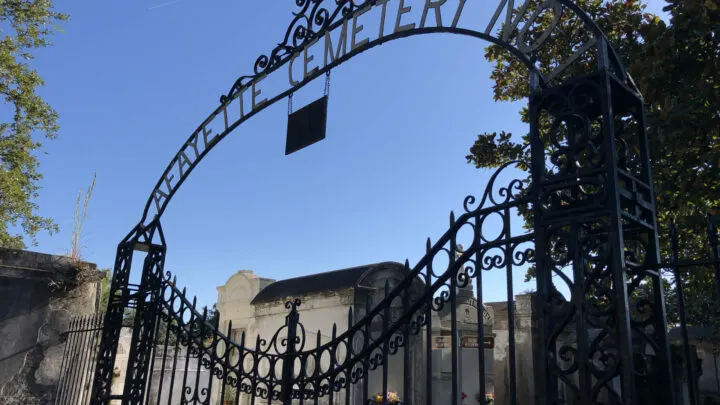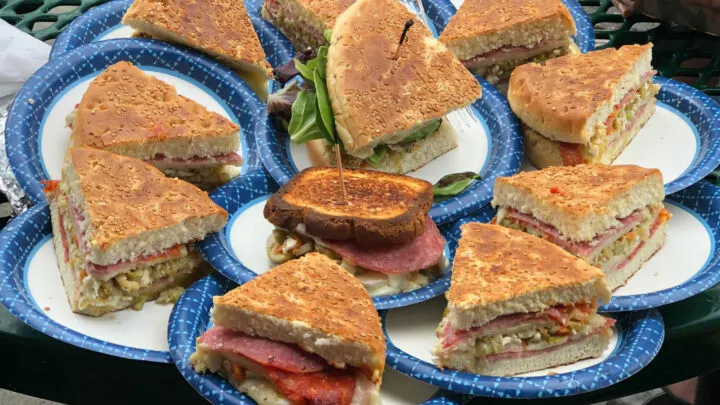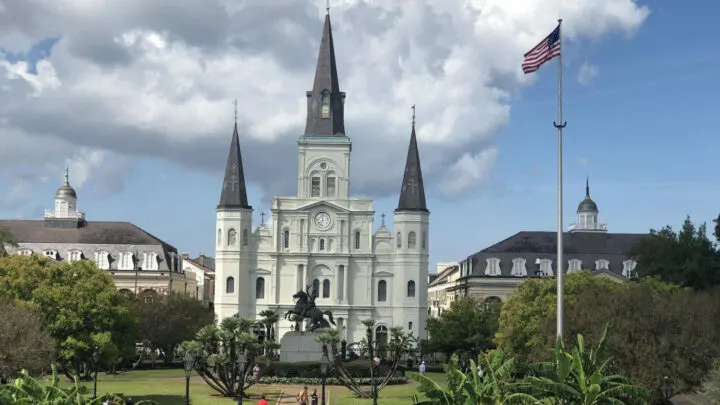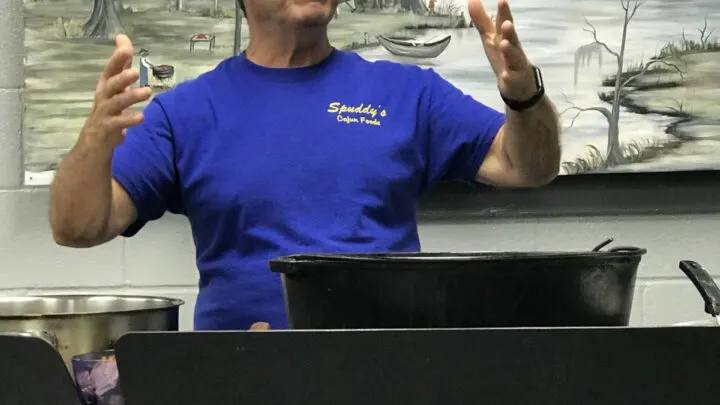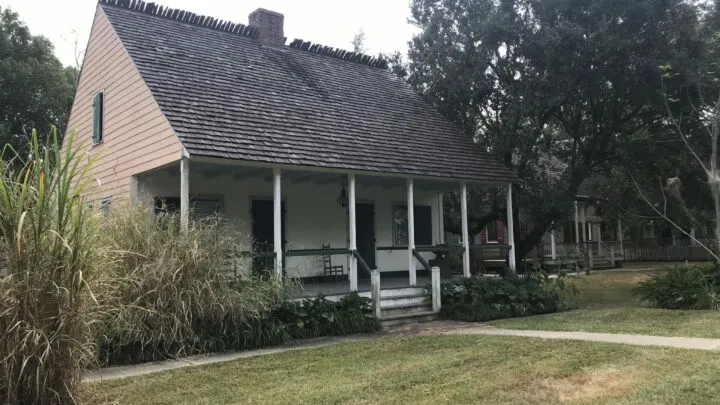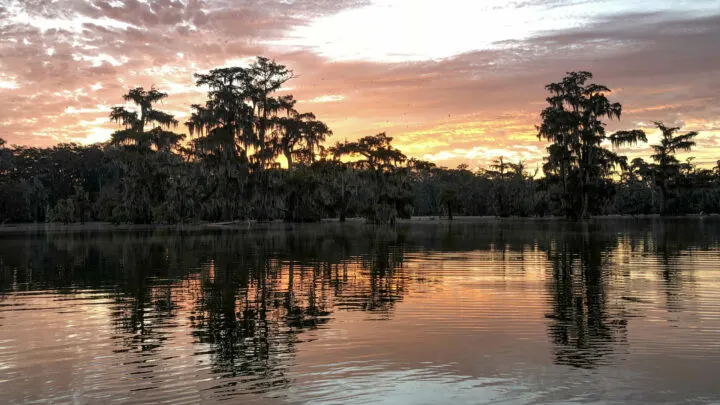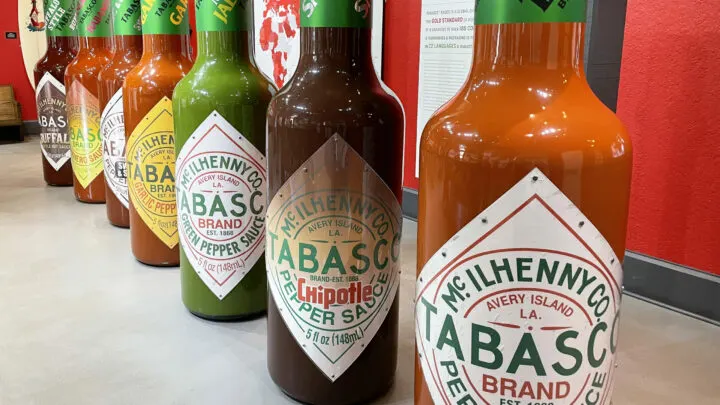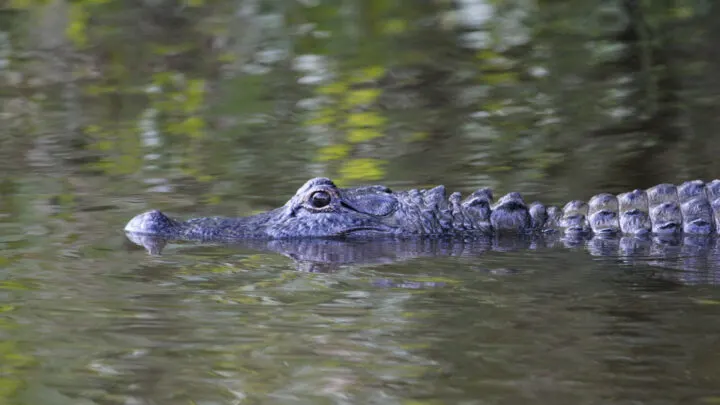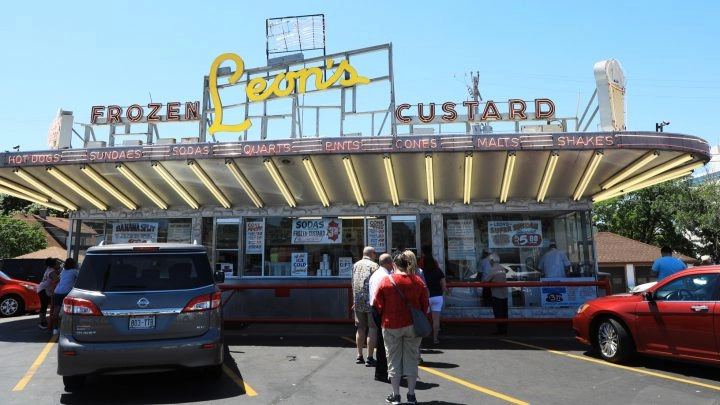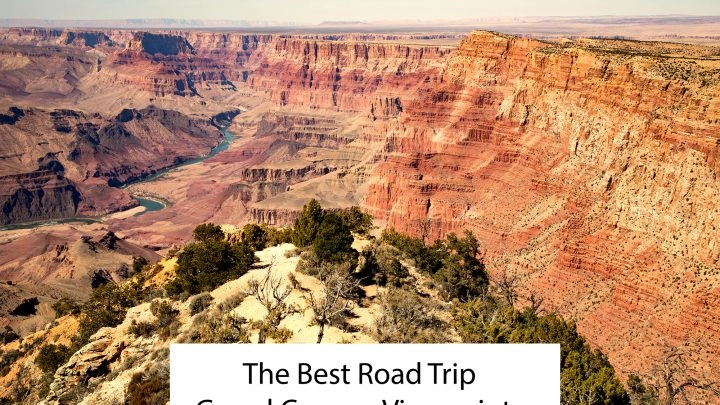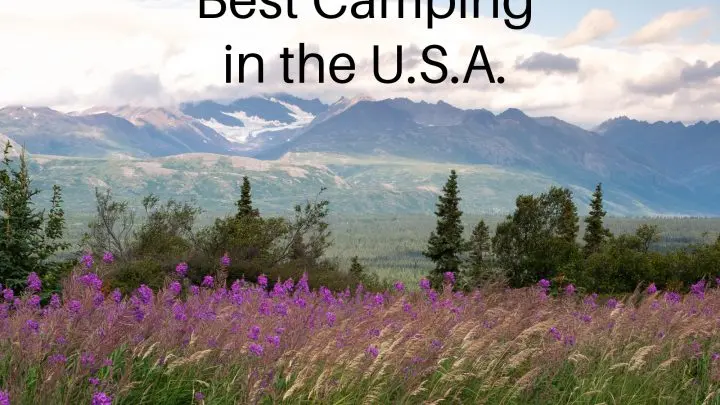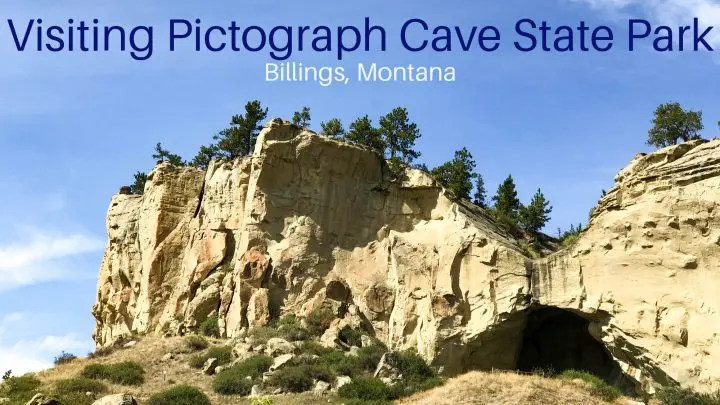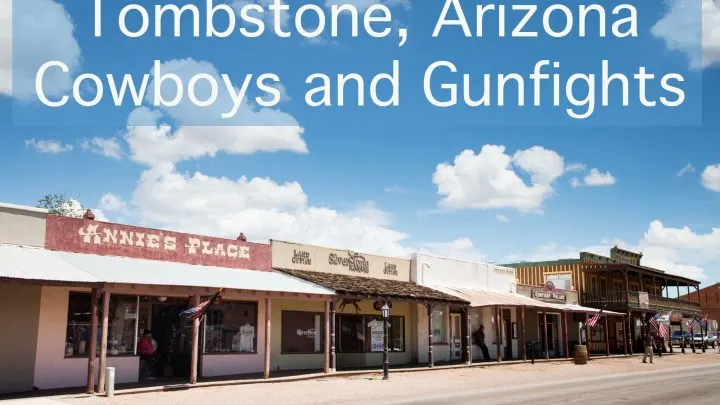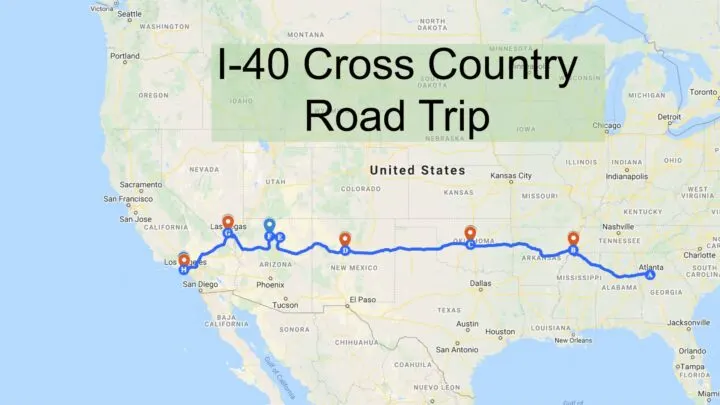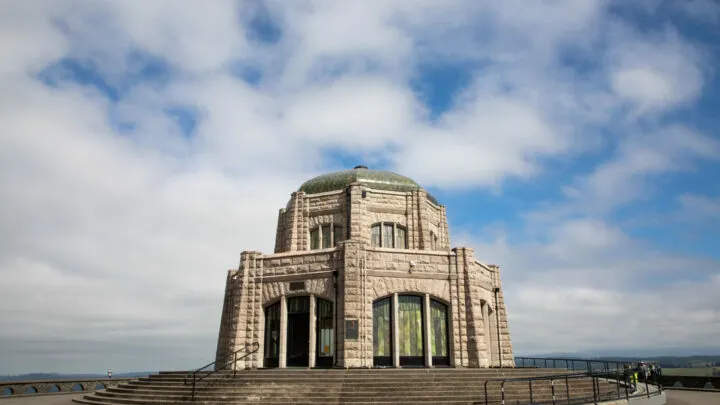Are you looking for those vestiges of days gone by, where the land was manicured, and the mansions were luxurious? On my visit to Louisiana, I visited three fantastic plantations, took the guided tours, and learned a lot.
On our last epic trip to Louisiana, we spent most of our time in New Orleans and Lafayette, but we also got out into the countryside a little and had some fun doing swamp tours, taking a Cajun cooking lesson, and of course, visiting some grand plantations.
During our stay, I had the opportunity to visit three plantations: Houmas House, Laura Plantation, and Destrehan Plantation. All of these had superb guides taking us around the beautiful grounds, telling us stories and the history of the plantation. I was most impressed that they did not skim over the darker part of their history at all.
To be honest, I wasn’t sure I would be okay with visiting all the plantations because of their history with slavery. It was due to slave labor that the plantation owners were able to amass large fortunes, and the owners did everything in their power to keep the slave trade going.

Best Plantations near New Orleans
There are plenty of plantations to visit, all along Plantation Alley which follows the Louisiana River Road. I was able to visit three outstanding examples of these historical plantations. Most of the plantations are only a short ride from New Orleans, and if you are going to go exploring, it’s probably prudent to rent a car, as we did, or make it even easier and take a day tour.
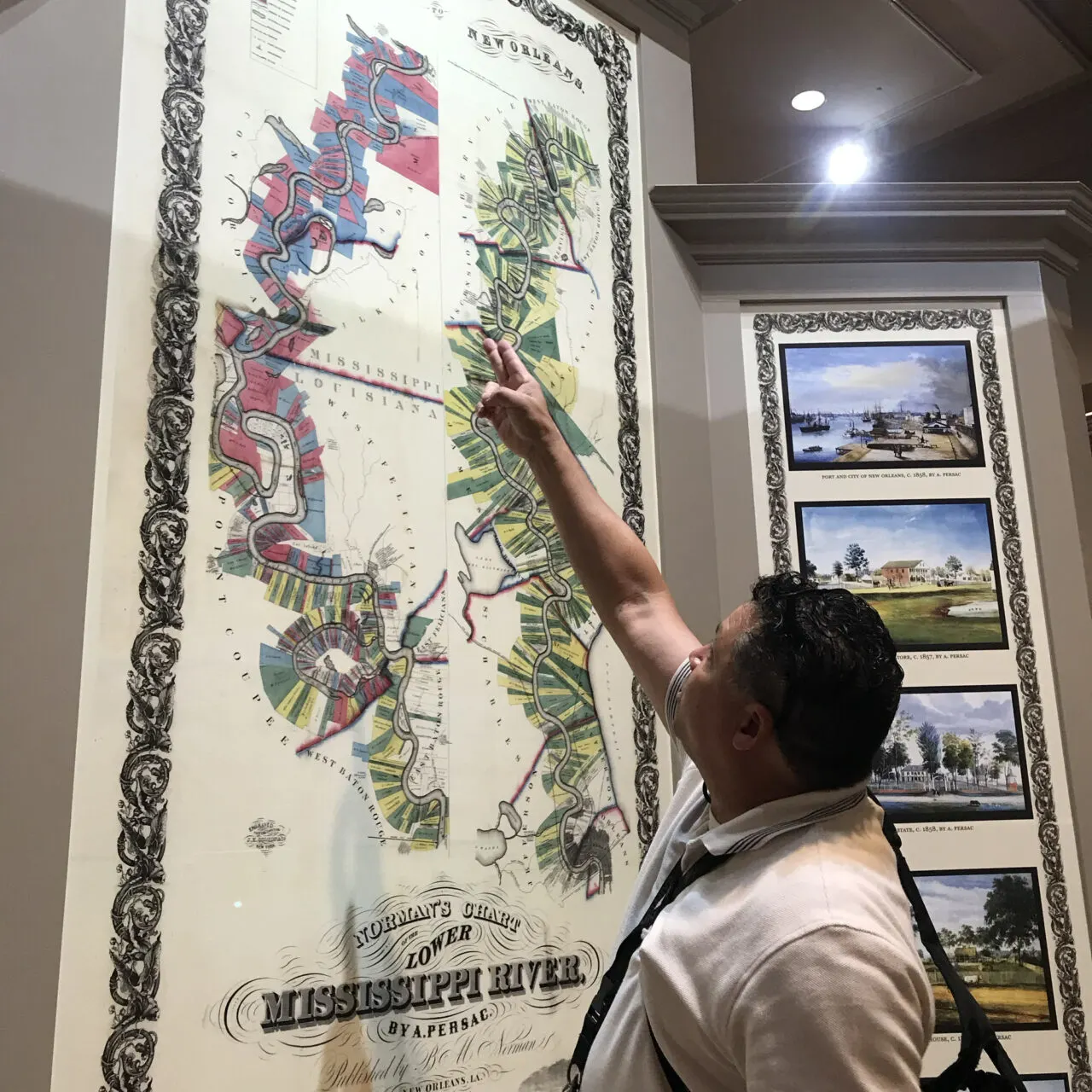
Houmas House
Built in the late 1830s, Houmas House is a great place to learn about plantations in Louisiana and there are several great tour options available from New Orleans. As you enter the main building, you will come right into a museum listing out all the plantations in the area, some of which are not active anymore.
The histories, like the crops they grew, are varied, but all of the plantations made their money on the backs of slaves. Luckily today, they don’t shy away from their dark history and the guides really tell you what a hardship, horrible life was for a slave.
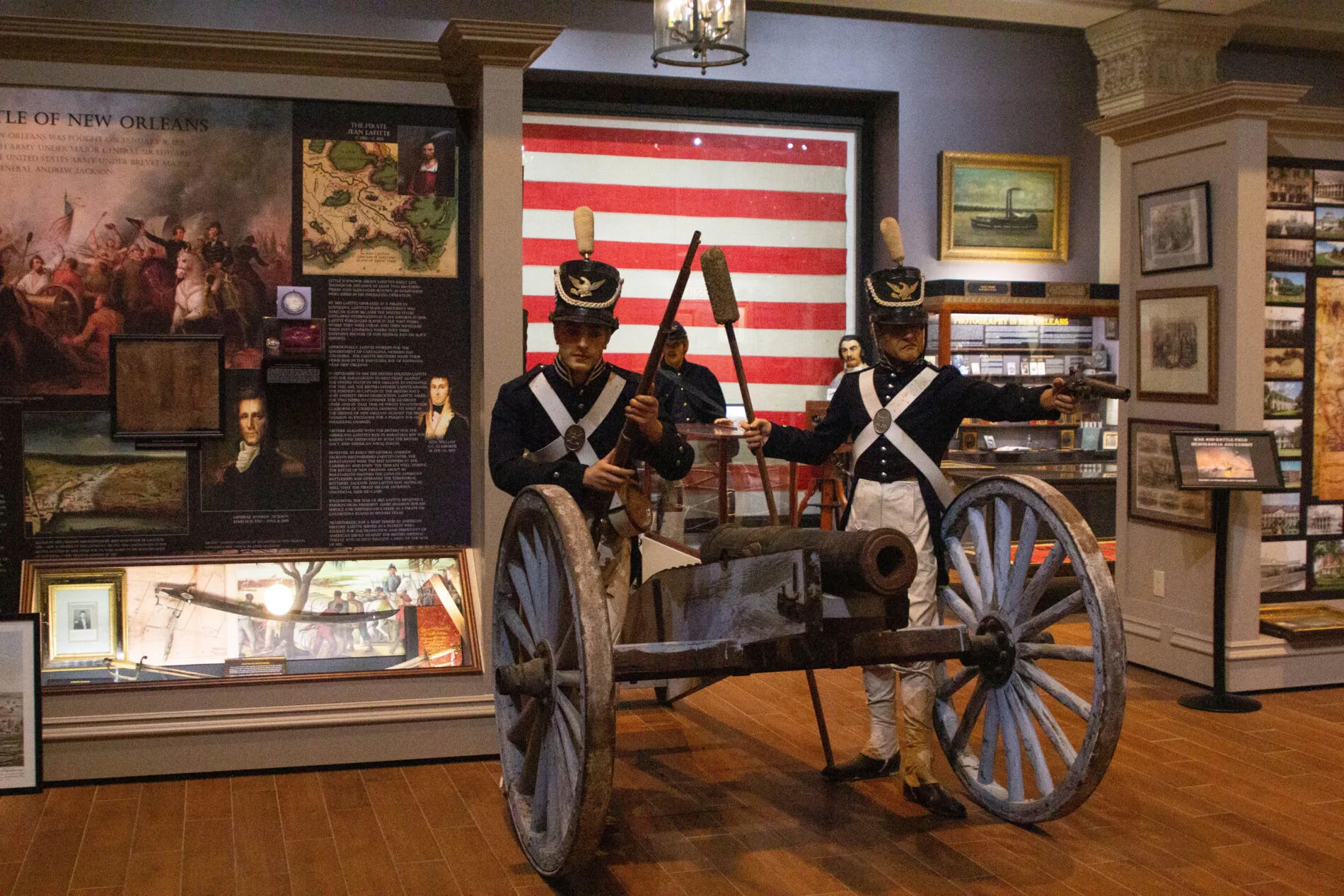
After the museum, we took a guided one-hour tour through the mansion. Our docent was dressed in a period costume and really knew her stuff. She told us both local history as well as stories of the people who used to live there.
Afterward, I wandered the grounds, enjoying the over 38 acres of flowers and shrubs, building up my appetite for lunch.
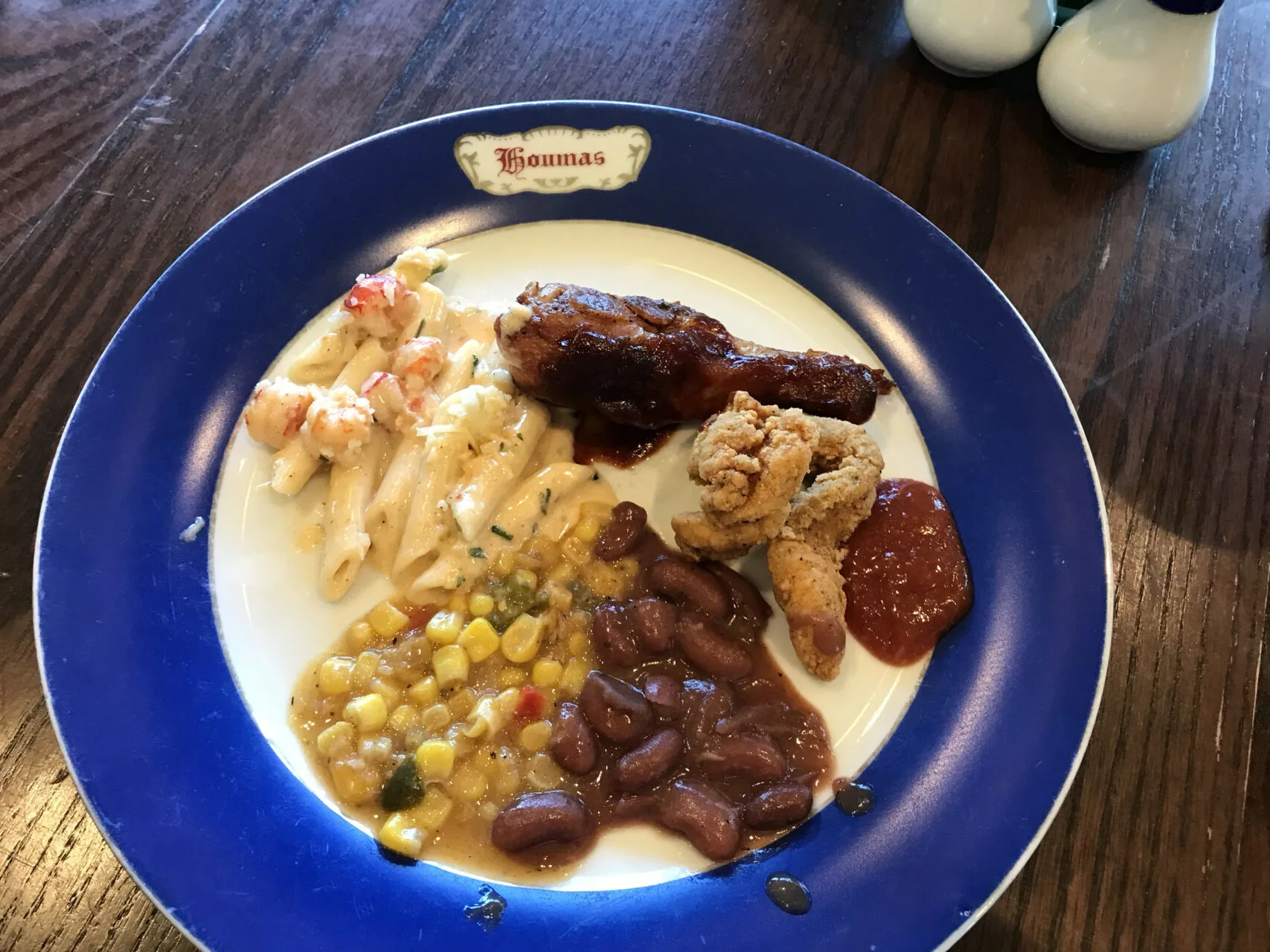
We took lunch in the Dixie Café where they serve a variety of Cajun and Creole dishes on their buffet. I loved everything from the crawfish pasta to the obligatory bread pudding with caramel sauce, and the surroundings were really comfy and beautiful.
One note if you travel with your pets, Houmas House allows them on the property and around the gardens as long as they are leashed at all times.
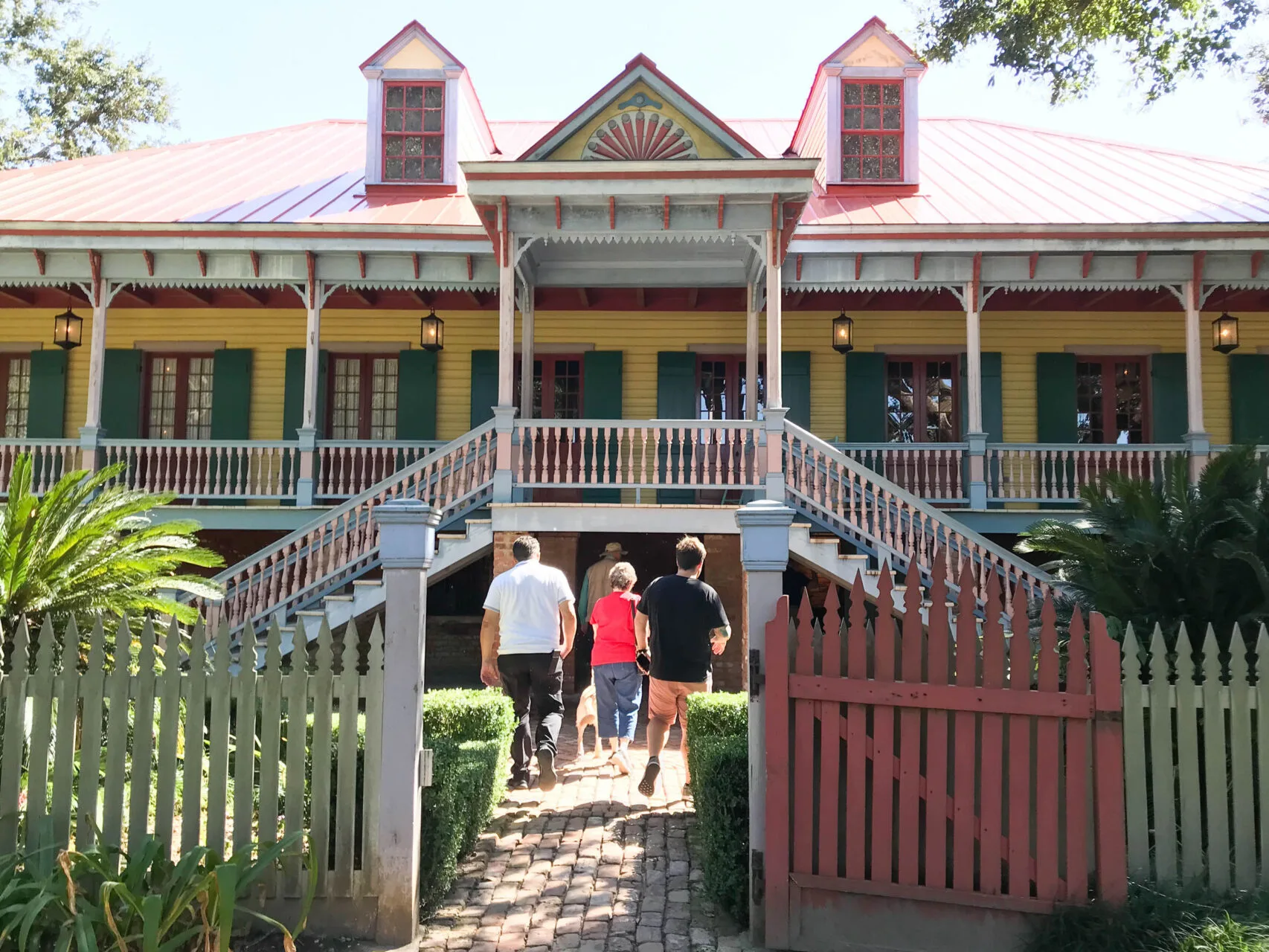
Laura Plantation
My next plantation tour was at Laura. The mansion on Laura Plantation really is a museum telling the history of the Creole peoples, African slaves, and the owners which are all entwined. While being guided around the mansion, we headed to the basement where the food stores were kept, the main floor with lots of documents, photos, and written histories, as well as the top floor where the family mostly lived.
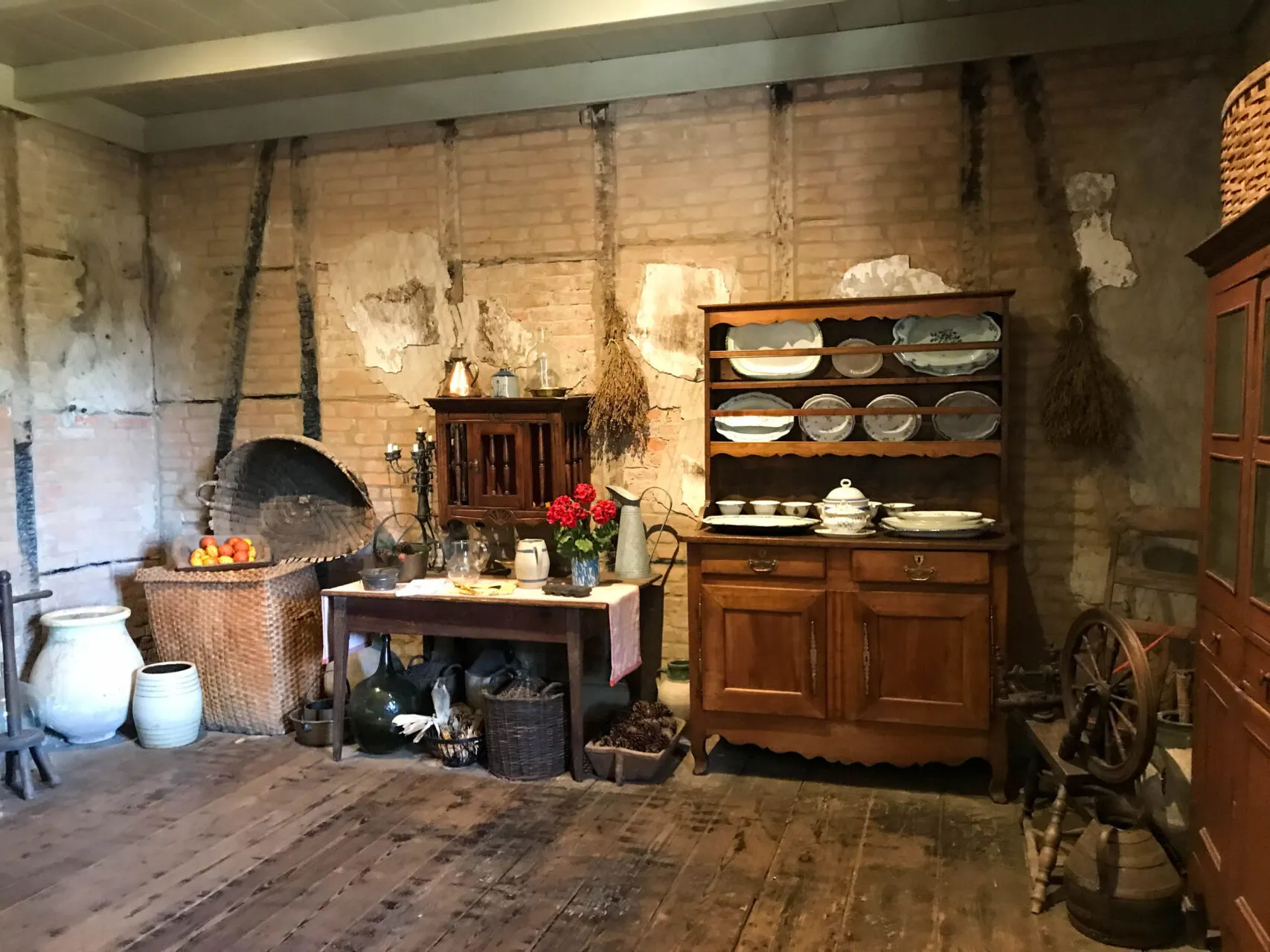
One of the things that sets Laura Plantation apart from the others, is that when the first owner, Guillaume Duparc died, his wife took over running the estate. This was basically unheard of during her time, but she wielded lots of power and was extremely successful.
On top of that, Nanette Prudhomme Duparc was only the first of four generations of women to run the estate. You can read their stories as you walk through the various rooms of the mansions. There is also a video to watch which tells much of the story as well.
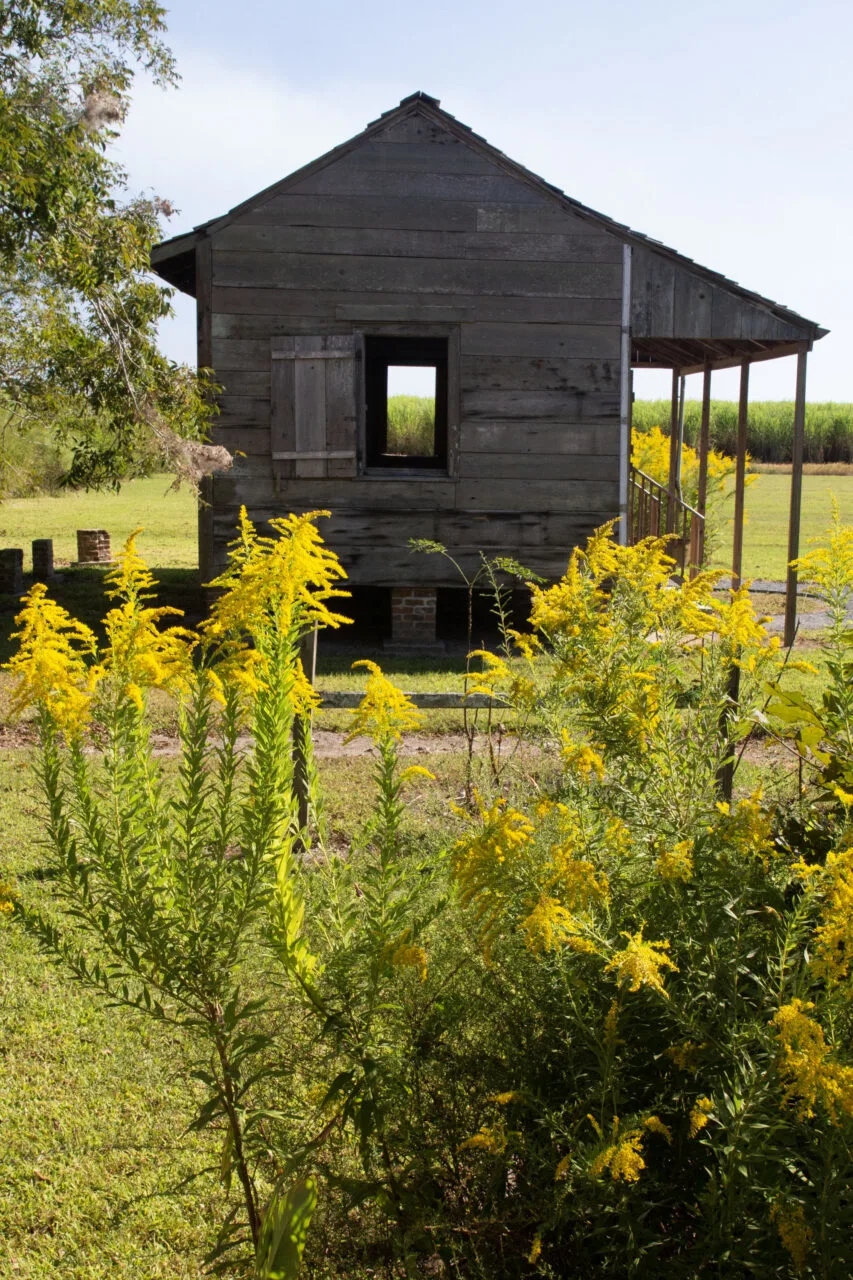
One of the most interesting documents to see on the plantation is the “Slaves Register.” This document lists seventeen enslaved people, their skills, and their worth. It is a stark reminder of the horrors of the enslaved plantation workers.
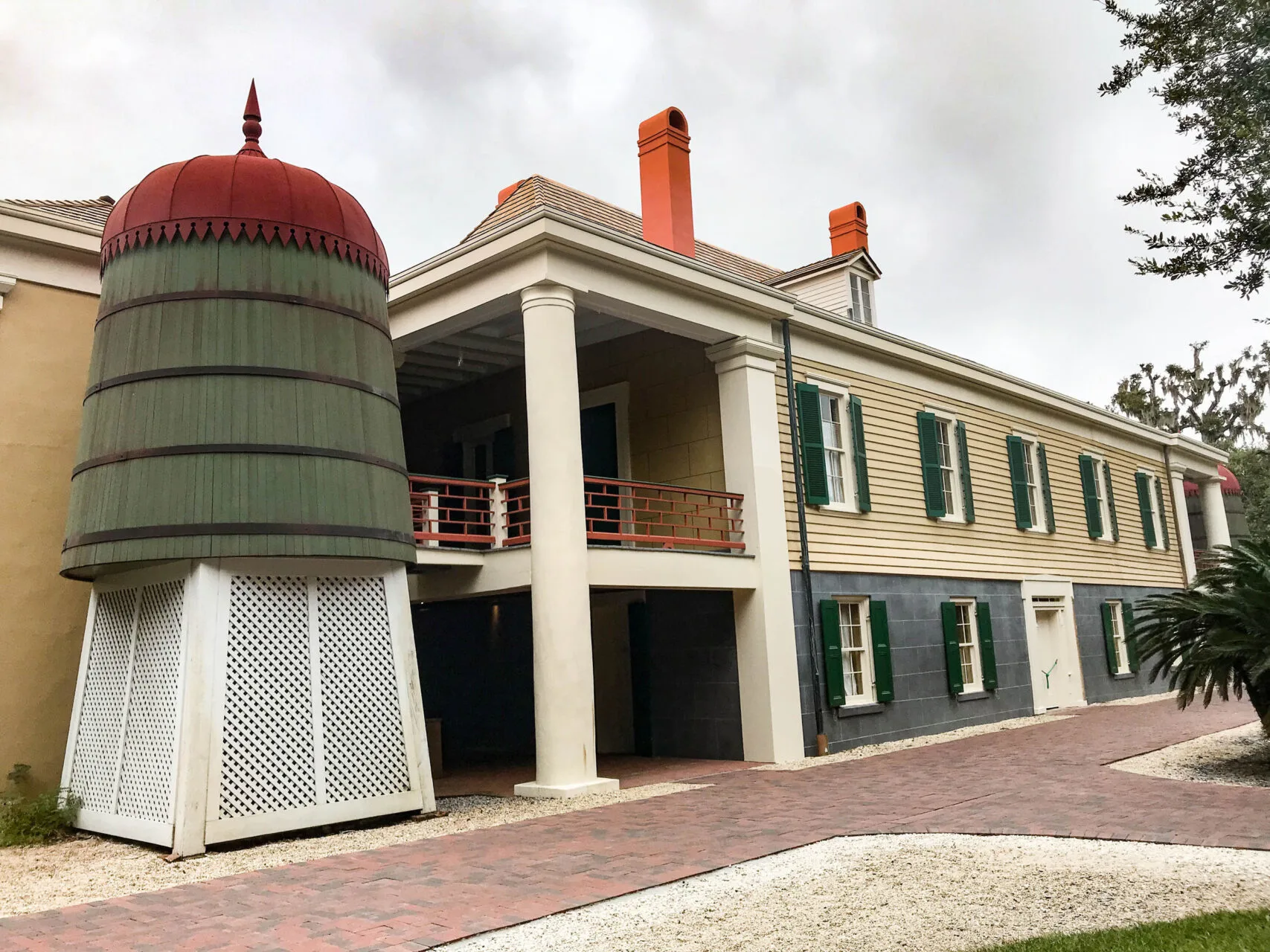
Destrehen Plantation
The closest plantation to New Orleans, Destrehan Plantation, grew sugar cane and indigo, two of the most profitable crops in the 1800s. Of course, all the labor was done by enslaved peoples, up to 200 at the height of production.
Maybe because of this Destrehan really does a good job detailing the history of the enslaved. There are information placards detailing life for slaves all around the slave camp where you can see mock-ups of old slave quarters and read about the atrocities they lived with.
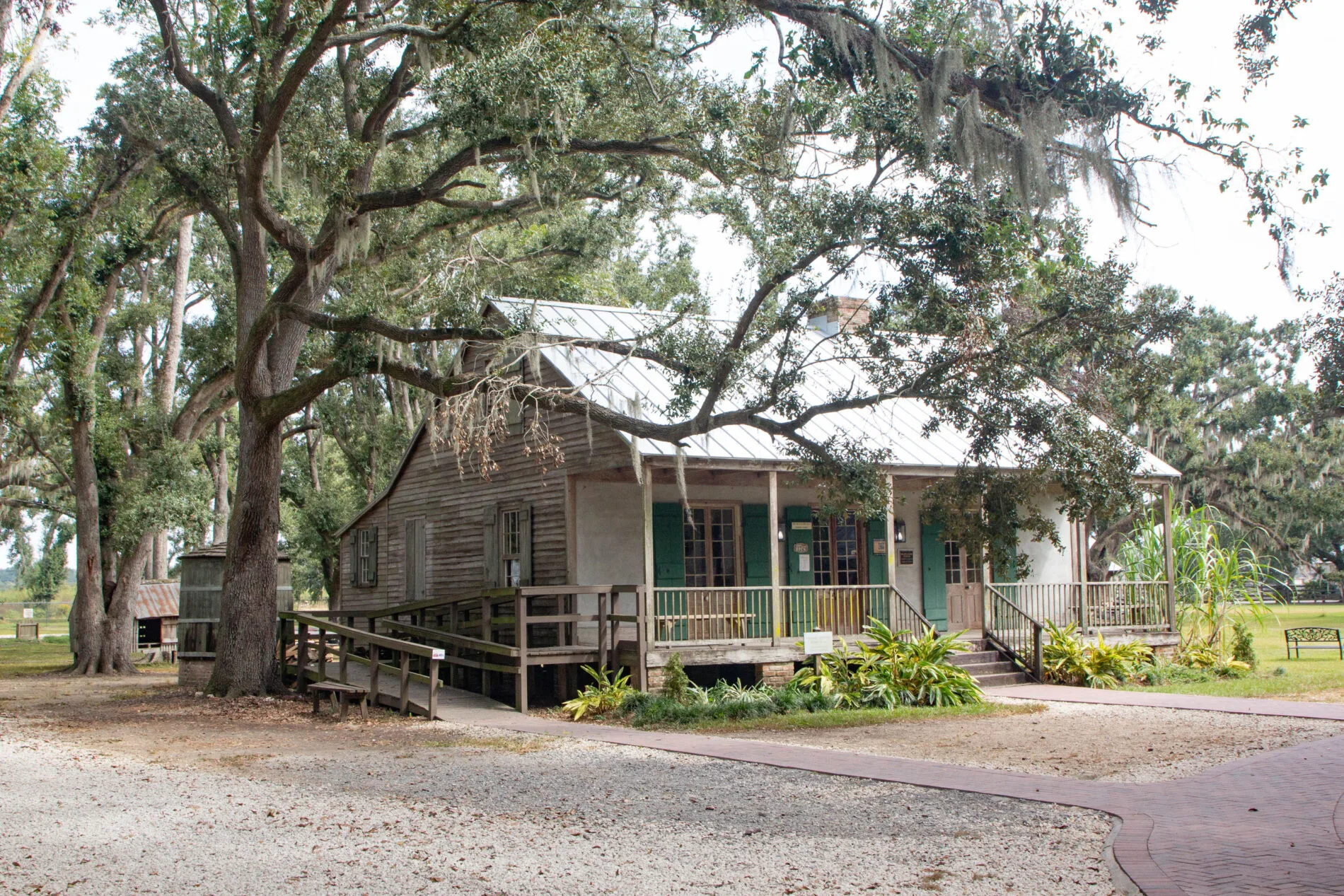
The plantation, along with many more on the Louisiana River Road, subscribed to the Code Noir, Black Code which governed what slaves could or could not do. One edit in the Code Noir was that church-married blacks could not be separated, but to get around this owners just would not allow couples to marry.
This eventually led up to one of the most significant events on the plantation, the Slave Revolt where many enslaved men marched on the owners, killing a few and wounding many more. That revolt ended with the leaders being hanged, a tragic demise.
All of these stories and more were told to us by our very knowledgeable docent as we walked the mansion and the grounds. During this tour, we also learned about the Black Masking Indians and the colorful and expensive costumes they make each year.
The entire Destrehan Plantation tour was fascinating.
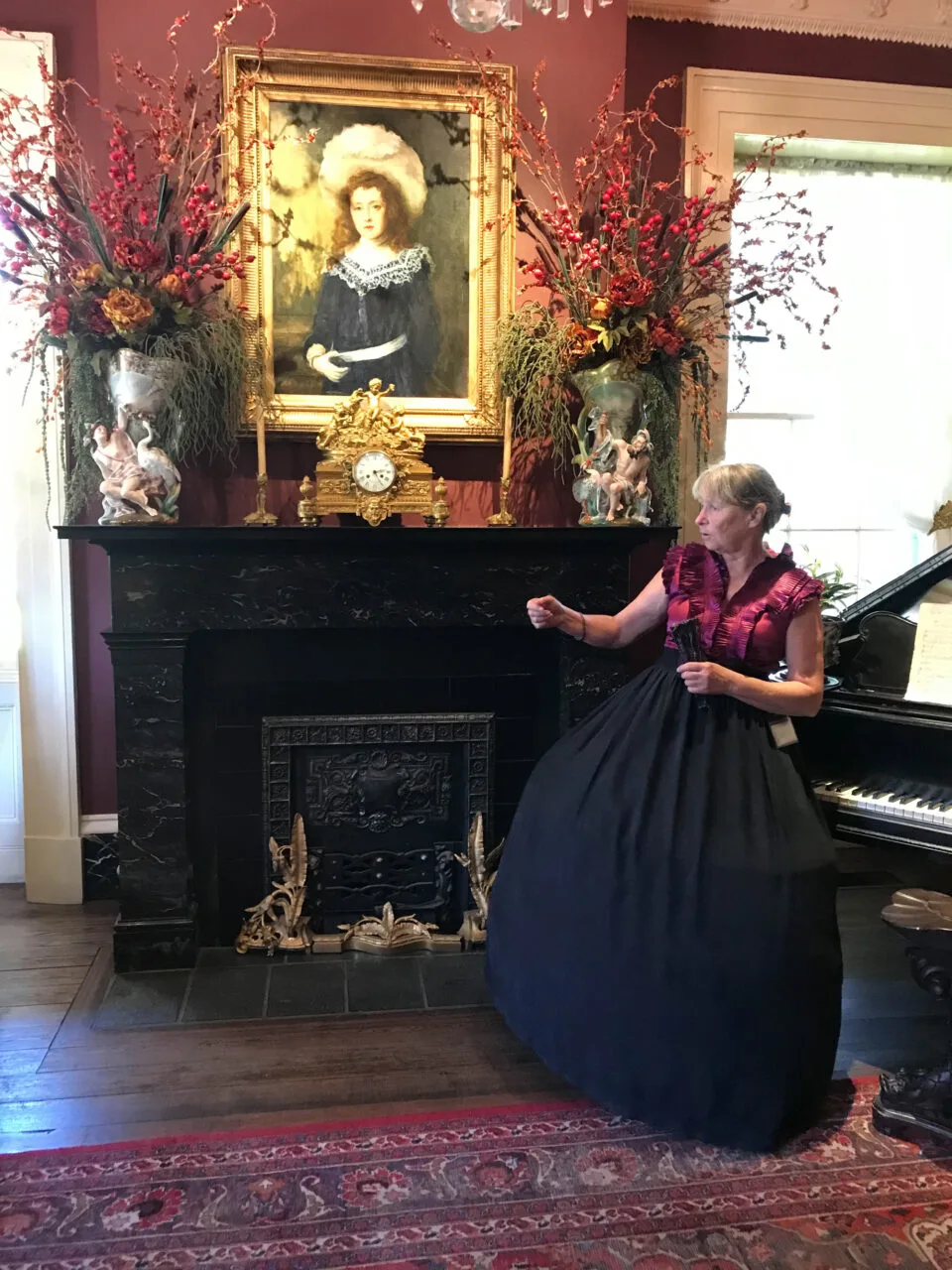
Conclusion
Even though the luxurious Louisiana plantations have a dark and sordid history, making money off the backs of enslaved peoples, I think they are well worth the trip. I learned so much more about this part of American history that we only skimmed only during our history classes. It was very educational.
Author Bio – Corinne is an avid camper and traveler. She’s been to all 50 of the US states and has four more Canadian provinces to visit. However, she’s not stopping yet. There’s always more to see of this great continent! Corinne loves local foods, getting outdoors, landscape photography, and road trips.

